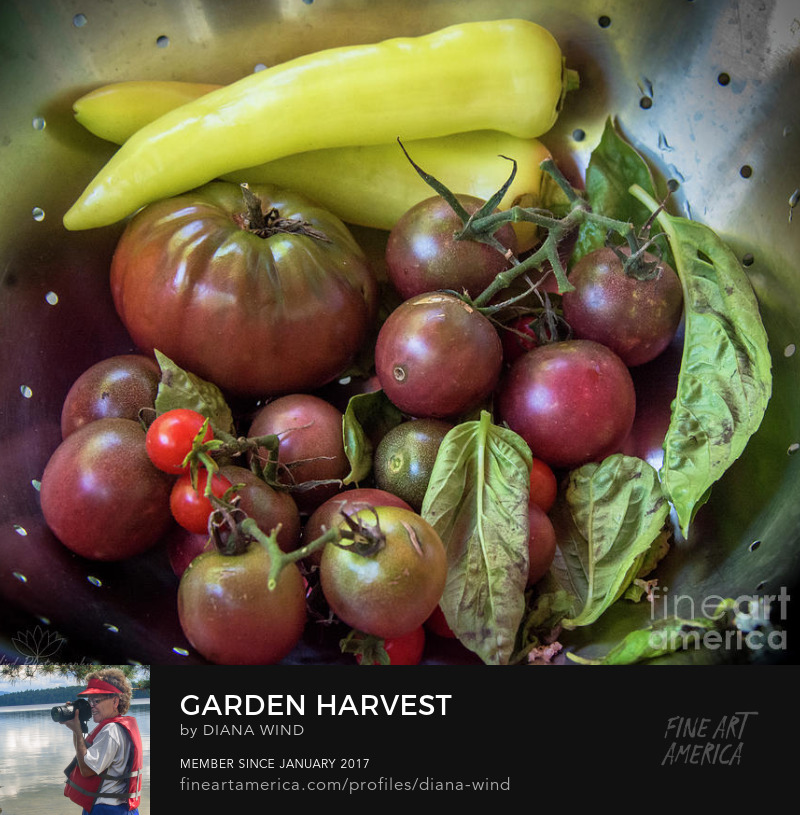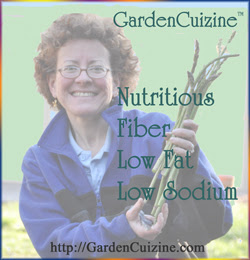South Jersey Garden Spotlight
Chiltepin Peppers
Shown growing in USDA Zone 7a (formerly zone 6b)
Chiltepin Peppers (Capsicum annuum var. aviculare) look like berries; they can be easily dried and used ground or crushed to add flavor to your favorite foods. A little goes a long way; don't let their size fool you. The little peppers are hot stuff at 50,000-100,000 Scoville units - compared to Jalapeno peppers at 3,500 to 8,000 Scoville units . Chiltepin Peppers
Shown growing in USDA Zone 7a (formerly zone 6b)
Hot pepper heat varies depending on several factors, including the region where grown and growing conditions. The Scoville organoleptic scale is a measure of the capsaicinoid compound that makes hot peppers hot (0 to 16 million units). Pharmacist Wilbur Scoville created the scale in 1912.
Chiltepin Peppers, also known as Bird Peppers, are a food source for birds in some regions. But in our South Jersey garden, we've never had that concern. Perhaps, because the majority ripen indoors in the fall. Chiltepin plants need a long growing season. We grow our Chiltepins in pots and usually bring them indoors when frost threatens.
To harvest, wait until the peppers are red and ripe, then pick off the plant and let dry out. We dry Chiltepins inside on a plate, then when completely dry, store in spice jars. Bird pepper skins are thin enough that they dry nicely, without getting moldy inside.
Clinical studies have shown dietary capsaicin to have properties that may benefit weight loss and lower fasting glucose and leptin levels.
Related Links
Ark of Taste: Chiltepin Pepper Bird Peppers Dave's Garden Plant Files Info
Scoville Scale for Peppers
Homemade Ground Pepper Spices by Diana Wind, RD
Photo and blog post Copyright (C)2012 Wind. All rights reserved.





























No comments:
Post a Comment